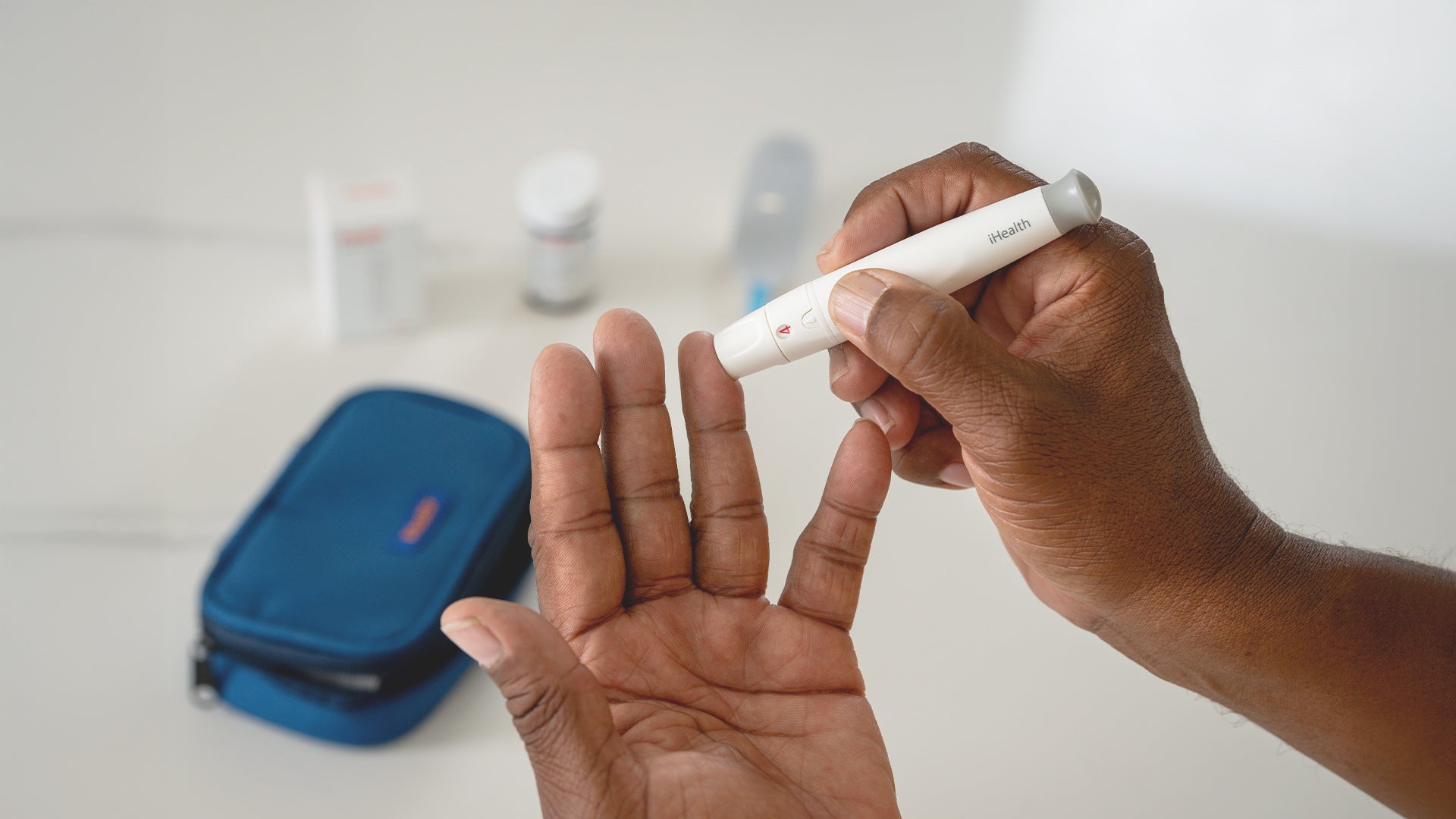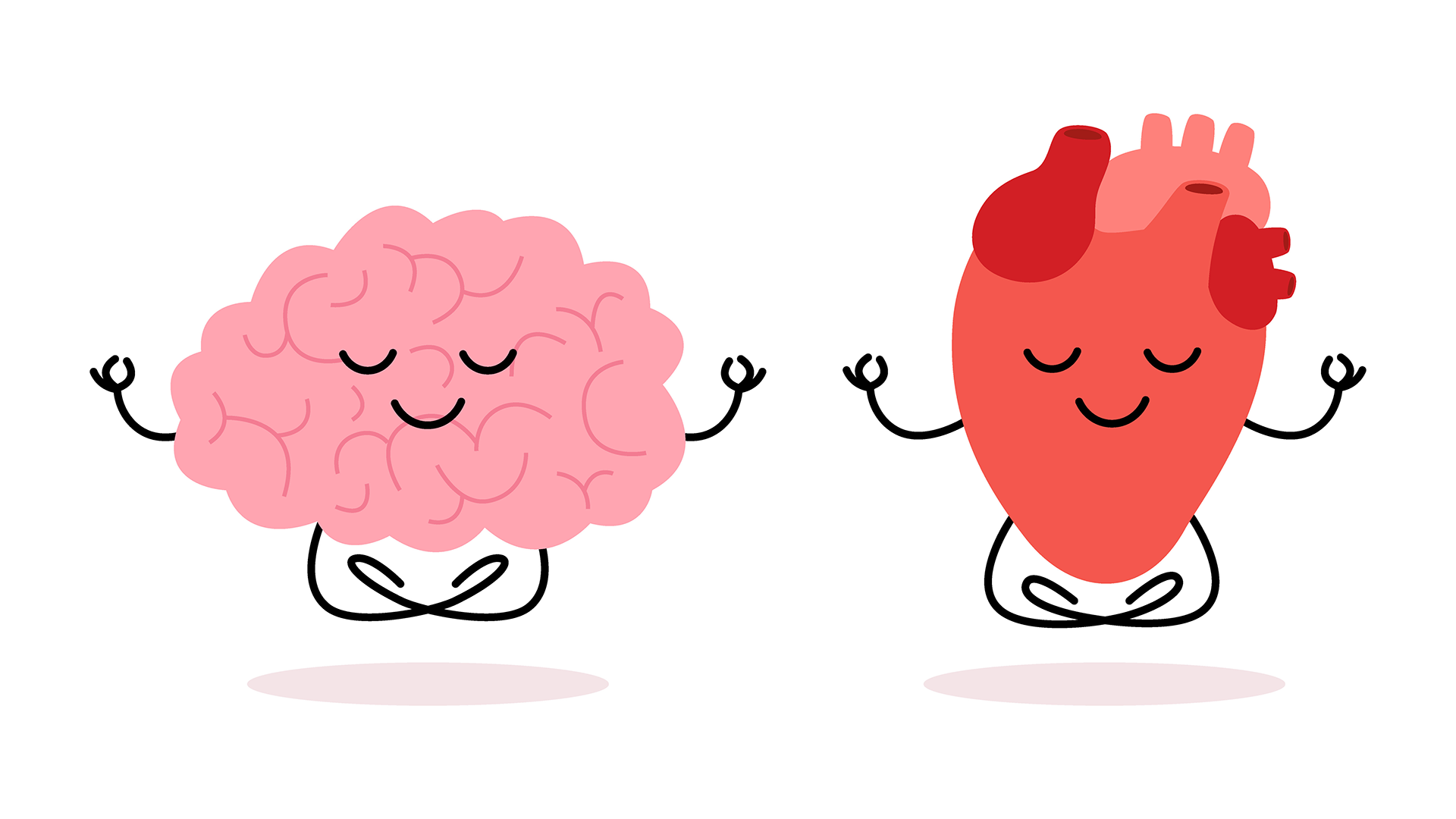Learn Your Way
to A Healthier Life
 With the winter season around the corner, there are many activities to get excited about, from indulging in holiday festivities to enjoying leisure time off with family and friends.
With the winter season around the corner, there are many activities to get excited about, from indulging in holiday festivities to enjoying leisure time off with family and friends.
Getting the flu certainly isn’t one of them.
Yes, the arrival of cooler weather also heralds the start of the flu season. Running from October to as late as May, flu season is the time when flu viruses are most active.
Let’s go over some myths and facts about the flu.
Five Myths About the Flu
When I tell people that I used to research flu in a lab, I’m met with a variety of responses. Sometimes people ask me whether or not certain things they’ve heard about the flu are true.
It’s safe to say that I’ve definitely encountered my share of flu myths over the years. From flu being “just a bad cold” to getting flu from the flu shot, let’s debunk some of the most common myths now.
Myth #1: The Flu Isn’t Too Serious
Because we’re familiar with the flu, it’s easy to downplay it. However, it can be more serious than your run-of-the-mill cold.
According to the Centers for Disease Control and Prevention (CDC), the 2024-2025 flu season was estimated to result in:
-
21 million to 37 million flu-related medical visits
-
610,000 to 1.3 million flu-related hospitalizations
-
27,000 to 130,000 flu-related deaths
Myth #2: You Can’t Pass the Flu to Others If You Don’t Feel Sick
You can actually spread the flu to others even if you have nary a sniffle.
If you’ve contracted the flu, you can be contagious starting one day before symptoms start. After symptoms come on, you can pass the flu to others for another five to seven days.
It’s also possible to spread the flu even if you don’t develop noticeable symptoms. It’s still unknown how many flu infections happen due to asymptomatic transmission.
Myth #3: The Flu Shot Can Give You the Flu
If you’ve ever felt crummy after getting your flu shot, you may feel as if it gave you the flu. However, it’s not possible to get the flu from the flu shot. The reason for this is that the flu shot uses an inactivated form of the virus.
What exactly causes you to feel sick after your flu shot? The answer is, well, you.
All vaccines generate an immune response to help protect you from a disease. This immune response is what leads to those temporary symptoms like aches and pains, fatigue, and generally feeling unwell after a flu shot.
The flu shot also takes two weeks to be fully effective. Due to this, it’s possible to get sick with the flu if you picked it up right before or right after your flu shot. This can make it seem like you got the flu from your flu shot.
Myth #4: Healthy People Don’t Need the Flu Vaccine
You can still get the flu even if you’re healthy. The CDC recommends the flu vaccine for everyone aged six months and older with few exceptions.
An important reason for healthy adults to get a flu shot is to help stop the spread of flu to those at risk of flu complications, such as older adults, young children, and people with chronic health conditions.
Flu can lead to some pretty unpleasant symptoms, absences from school or work, and missing out on plans with family and friends. These are also all great reasons to get a flu shot, even if you’re healthy.
Myth #5: Antibiotics Will Help Me Feel Better If I Have the Flu
This myth is an easy one to bust. The truth is that antibiotics only work on bacteria and don’t work for viruses like the flu. However, if you’ve come down with the flu, there are antiviral treatments that can help.
Five Facts About the Flu
Now let’s dive into some flu facts.
Fact #1: There Are Many Types of Flu Viruses
We tend to think of “flu” as just one thing. However, there are actually four types of flu viruses, labeled A, B, C, and D. Influenza A and B viruses are the ones that cause seasonal flu.
Only influenza A viruses have been known to cause pandemics. They’re further classified based on two proteins on their surface, called HA and NA. That’s where we get terms like “H1N1.”
While there are 18 subtypes of HA and 11 subtypes of NA, only H1N1 and H3N2 viruses circulate widely in humans.
Fact #2: Flu Spreads Easily Between People
Flu has a basic reproduction number of about 1.3. That means that a single person with flu may spread it to one to two other people.
You can get the flu by:
-
Inhaling respiratory droplets that are made when someone with the flu coughs, sneezes, or talks
-
Coming into contact with the virus on surfaces (such as door knobs, countertops, or another person’s hands) and then touching your nose, mouth, or eyes
Fact #3: Flu Symptoms Can Come On Suddenly
If you felt fine while having your morning coffee and then – BAM! – you’re lying sick in bed by the afternoon, you may have the flu. It’s pretty normal for flu symptoms to appear suddenly after an incubation period of one to four days.
Symptoms of the flu can include:
-
Fever
-
Chills
-
Fatigue
-
Aches and pains
-
Runny or stuffy nose
-
Headache
-
Sore throat
-
Vomiting and diarrhea
Sudden symptom onset can also be a clue that you may have the flu instead of another respiratory illness. Symptoms for colds and COVID-19, for example, tend to come on more gradually.
Fact #4: The Flu Shot Can Prevent Flu or Decrease Illness Severity
One of the things I’ve heard people say frequently about the flu shot is that it doesn’t work. While it’s true that the flu shot doesn’t prevent all flu infections, it can certainly reduce the severity of your illness.
The effectiveness of the flu shot varies by year based on how good of a “match” it is for the flu strains that are circulating. For the 2024-2025 flu season, vaccine effectiveness was estimated to be 56%.
If you get vaccinated and still catch the flu, your symptoms are likely to be less severe than if you hadn’t been vaccinated. Getting the flu shot also reduces the risk of severe illness and death due to flu.
Fact #5: There Are Effective Treatments For the Flu
We often think that when we get a virus, we just have to “wait it out.” However, that’s not always the case.
The Food and Drug Administration (FDA) has approved four antiviral drugs for the flu. These are most effective when they’re started within one to two days after symptoms start and are recommended for:
-
People who are at a high risk of flu complications based on factors like age and overall health
-
Individuals who are very sick at home with flu or who are hospitalized with flu
You can also help yourself to feel better by:
-
Getting rest at home
-
Drinking plenty of fluids
-
Using over-the-counter (OTC) medications like ibuprofen (Advil, Motrin) and acetaminophen (Tylenol) to manage symptoms like fever, headache, and aches and pains
Getting Ready For the Flu
One of the best ways to prepare for the flu is to get the flu vaccine, so talk to your doctor about which one is recommended for you. Other simple steps that you can take to get ready for the flu include:
-
Washing your hands frequently
-
Avoiding touching your face if you haven’t washed your hands
-
Cleaning high-touch surfaces in your home
-
Limiting contact with people who are sick
If you think you may have come down with the flu, a quick test at home or at a doctor’s office can help to confirm it so you can get on the road to recovery.
Additional References
CDC: Preliminary Estimated Flu Disease Burden 2024-2025 Flu Season
CDC: How Flu Spreads
CDC: Influenza (Flu) Vaccine Safety
CDC: Seasonal Flu Vaccine Basics
CDC: People at Increased Risk for Flu Complications
CDC: Healthy Habits Antibiotics Do’s and Don’ts
CDC: Similarities and Differences Between Flu and COVID-19
CDC: CDC Seasonal Flu Vaccine Effectiveness Studies
CDC: Treating Flu with Antiviral Drugs
CDC: Who Needs a Flu Vaccine
FDA: Influenza (Flu) Antiviral Drugs and Related Information
National Library of Medicine: Concise Definitive Review Influenza
National Library of Medicine: The role of asymptomatic infections in influenza transmission
National Library of Medicine: Proinflammatory cytokine responses correspond with subjective side effects after influenza virus vaccination
National Library of Medicine: Influenza
National Library of Medicine: Overview(Influenza)
National Library of Medicine: Influenza Vaccine
National Library of Medicine: The Influenza A Virus Replication Cycle: A Comprehensive Review
National Library of Medicine: Vaccine-associated reduction in symptom severity among patients with influenza A/H3N2 disease
Nature.com: The evolution and future of influenza pandemic preparedness
ScienceDirect.com: Does influenza vaccination attenuate the severity of breakthrough infections?
WHO: Influenza (Seasonal)
Sign Up For More From iHealth
Receive the Latest News and Special Offers


















































